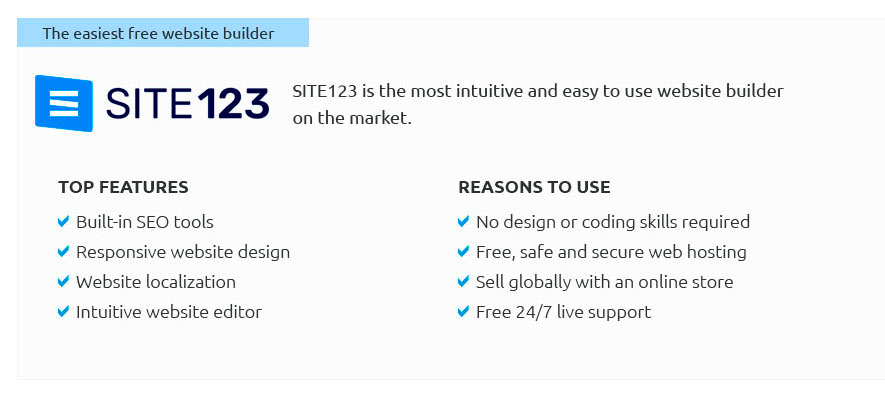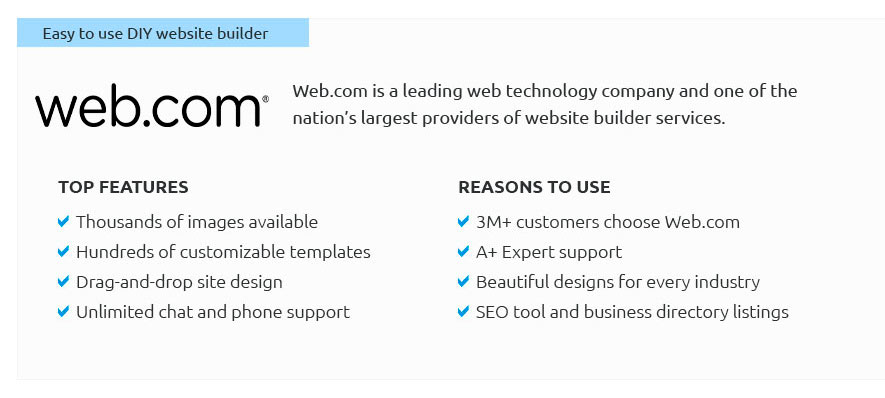 |
 |
 |
 |
|
 |
 |
 |
|
 |
|
 |
 |
|
 |
|
 |
|
 |
 |
Make Site Responsive: A Comprehensive Guide for Modern Web DesignCreating a responsive website is crucial in today's digital age. With various devices accessing websites, ensuring your site looks good on all screens is vital. This guide will explore techniques to make your site responsive, enhancing user experience and engagement. Understanding Responsive DesignResponsive design ensures that a website's layout adapts to the size of the device being used. This not only improves usability but also boosts SEO rankings. Why Responsive Design MattersIncreased Mobile Usage: More users are accessing websites via mobile devices. A responsive design ensures your site is accessible to this growing audience. SEO Benefits: Search engines prioritize mobile-friendly sites. Responsive design can improve your search engine ranking. Techniques for Responsive DesignFluid GridsFluid grids use relative units like percentages instead of fixed units like pixels, allowing the layout to resize based on the screen size. Flexible ImagesImages should be able to scale within the grid. Using CSS techniques such as max-width: 100% can help achieve this flexibility.
Media QueriesMedia queries in CSS allow you to apply different styles for different devices. This enables a tailored user experience. Tools and Platforms for Responsive DesignChoosing the right platform can simplify responsive design. For instance, the best platform to build website often includes built-in responsive features, reducing development time and effort. Testing ResponsivenessRegular testing on various devices is essential. Tools like Google Mobile-Friendly Test can help ensure your site remains responsive across updates. Common Challenges and SolutionsDespite the benefits, making a site responsive can present challenges. Here are some common issues and their solutions:
FAQ: Making Your Site ResponsiveWhat is the primary goal of responsive design?The primary goal is to provide an optimal viewing experience across a wide range of devices by adapting the layout to the user's screen size. How can I ensure my images are responsive?Use CSS techniques such as max-width: 100% and consider using srcset attributes to serve different images based on the screen resolution. Are there platforms that simplify responsive design?Yes, many platforms like WordPress and Squarespace include responsive design features. For those interested in e-commerce, the best website to start dropshipping often comes with responsive templates. In conclusion, making your site responsive is essential in today's mobile-driven world. By understanding the techniques and tools available, you can create a website that not only looks great on any device but also improves user satisfaction and engagement. https://www.w3schools.com/css/css_rwd_intro.asp
It is called responsive web design when you use CSS and HTML to resize, hide, shrink, enlarge, or move the content to make it look good on any screen. https://www.youtube.com/watch?v=UUjNEMXZA-k
Today I will show you how to make your website responsive using media queries in CSS. Making our website change to fit different devices ... https://www.reddit.com/r/Frontend/comments/ti1bca/easiest_way_to_make_website_responsive_on_all/
My suggestion is to simply look at the page while you resize the browser. Keep resizing until you feel it doesn't look good anymore.
|